Home>Articles>What Does The Red Light On A Smoke Detector Indicate?
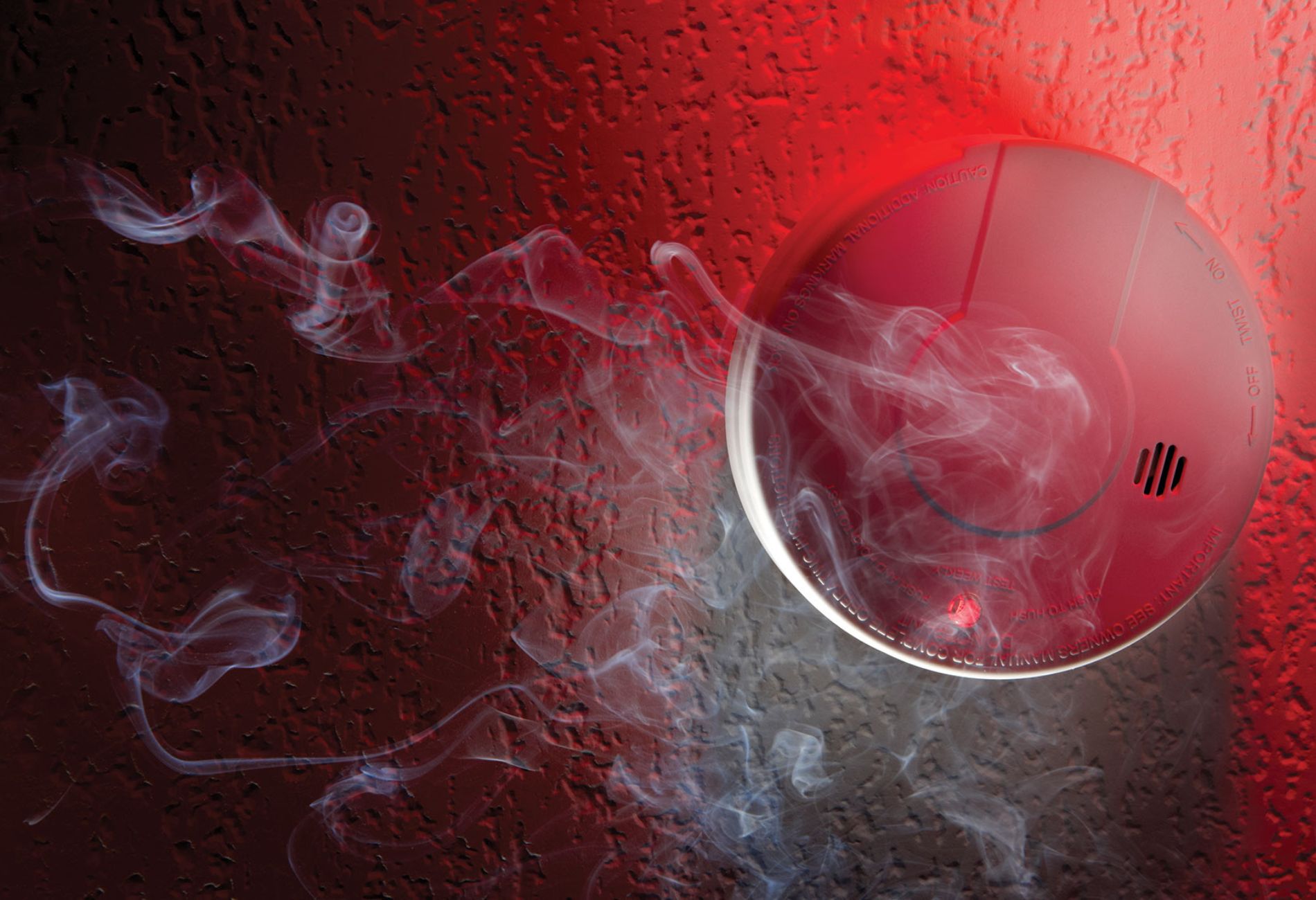

Articles
What Does The Red Light On A Smoke Detector Indicate?
Modified: May 6, 2024
Discover what the red light on a smoke detector signifies and gain valuable insights through our informative articles on the topic.
(Many of the links in this article redirect to a specific reviewed product. Your purchase of these products through affiliate links helps to generate commission for Storables.com, at no extra cost. Learn more)
Introduction
Welcome to the world of smoke detectors, the silent guardians that provide an essential layer of safety in our lives. These compact devices are designed to detect the presence of smoke in our homes and alert us in case of a fire. While smoke detectors come in various types and models, they often feature a red light indicator that can leave us wondering about its significance. In this article, we will delve into the meaning behind the red light on a smoke detector and shed light on its purpose.
Before we dive into the specifics, it is important to understand the basics of smoke detectors. These devices are essential for early detection of fires, allowing residents to evacuate and emergency services to be notified promptly. Smoke detectors typically consist of a sensor, power source, and an alarm system. When smoke particles enter the sensor, it triggers the alarm, and the power source ensures that the detector remains operational.
Now, let’s move on to the intriguing red light that is commonly found on smoke detectors. The red light serves as a visual indicator of the detector’s status and helps users understand its current functioning. It is essential to know what the red light signifies in order to ensure the smoke detector is functioning optimally and to address any possible issues.
Key Takeaways:
- The red light on a smoke detector serves as a visual indicator of its status, with regular blinking signifying proper functioning, steady red light indicating power, and rapid blinking indicating low battery or power supply fault.
- Troubleshooting red light blinking involves checking batteries, cleaning the detector, verifying power supply, performing tests, and contacting the manufacturer if needed, ensuring the smoke detector’s optimal functionality and safety.
Understanding Smoke Detectors
Smoke detectors are electronic devices designed to detect and alert us to the presence of smoke or fire in our homes or buildings. They are crucial in providing early warning signs of a potential fire, giving us precious time to evacuate and seek help. Understanding how smoke detectors work can help us appreciate their importance and ensure their proper functioning.
Smoke detectors operate on the principle of optical or ionization detection. Optical smoke detectors use a light source and a light detector to sense smoke particles. When smoke enters the detector chamber, it scatters the light, causing it to hit the detector and trigger the alarm. On the other hand, ionization smoke detectors use a small radioactive source that ionizes the air in the chamber. When smoke enters this chamber, it disrupts the normal flow of ions, triggering the alarm.
Modern smoke detectors often combine both optical and ionization technologies to provide enhanced detection capabilities. These detectors are typically powered by batteries or connected to the electrical grid, ensuring continuous monitoring even during power outages.
It is important to note that smoke detectors have a limited lifespan and should be replaced every 10 years. Regular maintenance, such as cleaning and testing, is also crucial to ensure their proper functioning. Additionally, it is recommended to install smoke detectors in each level of your home, including bedrooms and common areas, to provide comprehensive coverage.
Now that we have a basic understanding of smoke detectors, let’s explore the components that make up these essential safety devices.
Components of a Smoke Detector
Smoke detectors consist of several key components that work together to detect and alert us to the presence of smoke or fire. Understanding these components can help us better comprehend the inner workings of these devices and appreciate their importance in safeguarding our homes.
1. Sensor: The sensor is the most critical part of a smoke detector. It is designed to detect smoke particles in the air and trigger the alarm when necessary. There are two main types of sensors used in smoke detectors: optical and ionization. Optical sensors use a light source and a detector, while ionization sensors use a small radioactive source to ionize the air inside the detector.
2. Power Source: Smoke detectors are powered either by batteries or by being directly connected to the electrical grid. Battery-powered detectors are popular due to their ease of installation and maintenance. It is important to regularly check and replace batteries to ensure the detector’s continuous functionality.
3. Alarm System: The alarm system is responsible for alerting occupants to the presence of smoke or fire. When the sensor detects smoke particles, it triggers the alarm, emitting a loud, attention-grabbing sound to warn residents of the potential danger. Some smoke detectors also come equipped with flashing lights to provide additional visual alerts.
4. Control Panel: Some advanced smoke detectors feature a control panel that allows users to configure and monitor the detector’s settings. These control panels may include features such as sensitivity adjustment, remote monitoring capabilities, and connected functionalities with other smart home devices.
5. Housing: The housing acts as the protective enclosure for the internal components of the smoke detector. It helps to shield the sensitive components from damage and ensures that the detector remains operational under varying environmental conditions.
In addition to these main components, smoke detectors may also include additional features such as a test button for regular functionality checks, a hush button to temporarily silence the alarm, and an indicator light, often in the form of a red LED, to signify the detector’s status.
Now that we understand the key components of a smoke detector, let’s focus on the role of the red light and its significance in the overall functioning of the device.
Role of the Red Light
The red light on a smoke detector serves a crucial role in providing visual feedback about the device’s status and functionality. It indicates whether the smoke detector is operating correctly, has power, or requires attention. Understanding the different states of the red light can help users identify any potential issues with the detector and take appropriate action.
Typically, the red light on a smoke detector will blink periodically, indicating that the detector is functioning correctly. This means that the sensor is active, the power source is connected or the batteries are working, and the detector is ready to detect smoke particles and trigger the alarm when necessary. The blinking red light provides reassurance that the smoke detector is in good working condition and actively looking out for any signs of smoke or fire.
In addition to the regular blinking, the red light may also have specific patterns or signals to convey different messages. For example:
- Steady Red Light: A steady red light typically indicates that there is a power source connected to the smoke detector, and it is operating correctly.
- Rapid Blinking Red Light: A rapidly blinking red light can indicate a low battery or a fault in the power supply. In such cases, the batteries should be replaced or the power connection should be checked.
- No Red Light: If the red light is not visible or does not blink at all, it could mean that the smoke detector has encountered a malfunction and needs to be inspected or replaced.
It is important to refer to the user manual or consult the manufacturer’s guidelines to understand the specific indications of the red light for your particular smoke detector model. This will ensure that you can accurately interpret the status of the device and take appropriate action when needed.
Now that we have explored the role of the red light on a smoke detector, let us delve into what different flashing patterns of the red light might indicate and how to troubleshoot potential issues.
The red light on a smoke detector typically indicates that the unit is receiving power and functioning properly. If the light is flashing, it may indicate a low battery or a problem with the unit. Check the manufacturer’s instructions for specific meanings of the red light.
What the Red Light Indicates
The red light on a smoke detector serves as a visual indicator of the device’s status and can provide valuable information about its functionality. By understanding what the red light indicates, users can quickly identify any potential problems and take the necessary steps to address them.
Here are some common indications of the red light on a smoke detector:
- Regular Blinking: If the red light on the smoke detector blinks at regular intervals, it often signifies that the detector is receiving power and is in good working condition. This steady blinking indicates that the sensor is active and ready to detect any smoke particles that may be present.
- Steady Red Light: A steady red light on the smoke detector usually means that the device has a stable power connection and is functioning properly. This indicates that the detector is actively monitoring the environment for any signs of smoke or fire.
- Rapid Blinking: When the red light on the smoke detector blinks rapidly, it typically indicates a low battery or a fault in the power supply. In this case, it is important to replace the batteries or ensure that the power connection is secure to restore the detector’s proper functionality.
- No Red Light: If there is no red light visible on the smoke detector or the light does not blink at all, it could indicate a malfunction in the device. This might require further inspection or replacement of the smoke detector to ensure the safety of the premises.
It is crucial to consult the user manual or contact the manufacturer for specific information regarding the red light indications for your particular smoke detector model. Different manufacturers may have different codes or patterns for their red light indications.
Remember that the red light is just one aspect of the smoke detector’s functionality. It is equally important to regularly test the device using the designated test button and ensure that it is properly maintained to guarantee its reliability.
Now that we understand what the red light on a smoke detector indicates, let’s explore some possible causes for the red light blinking and how to troubleshoot them.
Possible Causes of Red Light Blinking
When the red light on a smoke detector begins to blink rapidly, it can be an indication of certain issues that need to be addressed. Understanding the possible causes of red light blinking can help users troubleshoot the problem and ensure the smoke detector is functioning properly. Here are some of the common reasons why the red light on a smoke detector may blink:
- Low Battery: One of the most common causes of red light blinking is a low battery. If the smoke detector is battery-powered, the blinking red light is a signal that the batteries need to be replaced. It is essential to use the correct type and brand of batteries recommended by the manufacturer to ensure optimal performance.
- Loose Battery Connection: Sometimes, the red light may blink rapidly if there is a loose connection between the battery and the smoke detector. Ensure that the batteries are securely placed and the contacts are clean to maintain a stable connection.
- Faulty Power Source: If the smoke detector is hardwired with a power source, a rapid blinking red light could indicate a fault in the electrical supply. Check the power connections and consider consulting an electrician if necessary.
- Dust or Debris: Accumulated dust or debris on the sensor or inside the smoke detector may interfere with its proper functioning. Use a soft, dry cloth to gently clean the detector and remove any obstructions that may be causing the red light to blink.
- End of Life: Smoke detectors have a limited lifespan and should be replaced every 10 years. If the red light continues to blink even after troubleshooting, it may be an indication that the smoke detector has reached the end of its life and needs to be replaced.
- Malfunction: In rare cases, the red light blinking persistently could indicate a malfunction in the smoke detector itself. If all other troubleshooting steps have been followed and the problem persists, it may be necessary to contact the manufacturer for further assistance or consider replacing the device.
It’s important to remember that the above causes of red light blinking are general guidelines, and the specific reasons may vary depending on the model and manufacturer. Always refer to the user manual or contact the manufacturer for specific troubleshooting steps and recommendations for your smoke detector.
In the next section, we will explore how to troubleshoot red light blinking on a smoke detector and resolve any potential issues.
How to Troubleshoot Red Light Blinking
If the red light on your smoke detector is blinking rapidly, it’s essential to troubleshoot the issue to ensure the proper functioning of the device. Here are some steps you can take to troubleshoot red light blinking on a smoke detector:
- Check the batteries: If your smoke detector is battery-powered, begin by checking the batteries. Make sure they are properly inserted and have enough charge. If the batteries are low or dead, replace them with fresh ones and observe if the red light continues to blink.
- Clean the detector: Dust and debris can interfere with the sensor and cause the red light to blink. Gently clean the smoke detector with a soft, dry cloth to remove any accumulated dirt or debris. Pay close attention to the sensor area and ensure it is clean and unobstructed.
- Verify the power supply: If your smoke detector is hardwired, check the power connections to ensure they are secure. A loose connection can result in a blinking red light. Consider consulting an electrician if you suspect a fault in the electrical supply or wiring.
- Perform a test: Most smoke detectors have a test button that allows you to check their functionality. Press and hold the test button to initiate a self-test. If the red light blinks during the test, it indicates that the alarm is working correctly.
- Reset the detector: In some cases, resetting the smoke detector can resolve issues. Refer to the user manual for instructions on how to reset your specific model. This process usually involves removing the power source or pressing a reset button for a designated period of time.
- Contact the manufacturer: If you have followed all the troubleshooting steps and the red light continues to blink, it may indicate a malfunction in the smoke detector. In such cases, it’s best to contact the manufacturer for further assistance. They will be able to guide you with specific troubleshooting steps or advise on whether the detector needs to be repaired or replaced.
Remember, it’s crucial to regularly test your smoke detector, regardless of whether the red light is blinking or not. This will help ensure that it is functioning correctly and providing the necessary level of protection for your home or building.
By following these troubleshooting steps and contacting the manufacturer if needed, you can address the issue of red light blinking on your smoke detector and ensure the safety and efficiency of the device.
Now that we have explored troubleshooting steps, let’s wrap up our discussion.
Conclusion
Smoke detectors play a vital role in safeguarding our homes and alerting us to the presence of smoke or fire. Understanding the significance of the red light on a smoke detector is crucial for ensuring its proper functioning and addressing any potential issues that may arise.
In this article, we explored the various components of a smoke detector and learned about the role of the red light as a visual indicator of the device’s status. We discovered that a steady red light signifies the detector is powered and functioning correctly, while a rapid blinking red light can indicate a low battery or a fault in the power supply.
We also discussed the possible causes of red light blinking, such as low batteries, loose connections, dust or debris, end of life, or even malfunctions. By following troubleshooting steps such as checking the batteries, cleaning the detector, verifying the power supply, performing tests, and contacting the manufacturer if necessary, users can resolve issues and ensure the smoke detector is in optimal working condition.
Remember, it is crucial to test smoke detectors regularly, follow manufacturer guidelines for maintenance, and replace them every 10 years to ensure the safety of your home and loved ones.
By understanding the role of the red light, being aware of its indications, and taking appropriate action, we can rely on the smoke detector as a reliable and critical safety measure, providing us with peace of mind and protection in the event of a fire.
So, keep an eye on that red light and keep yourself and your loved ones safe!
Curious about enhancing home safety further? Don't stop at understanding smoke detectors. Dive into our next piece on why incorporating alarm systems is a smart choice for any household. Discover how these systems not only alert you to dangers but also provide peace of mind through advanced monitoring and emergency response features. Protecting your home is simpler than you think with modern technology at your fingertips.
Frequently Asked Questions about What Does The Red Light On A Smoke Detector Indicate?
Was this page helpful?
At Storables.com, we guarantee accurate and reliable information. Our content, validated by Expert Board Contributors, is crafted following stringent Editorial Policies. We're committed to providing you with well-researched, expert-backed insights for all your informational needs.
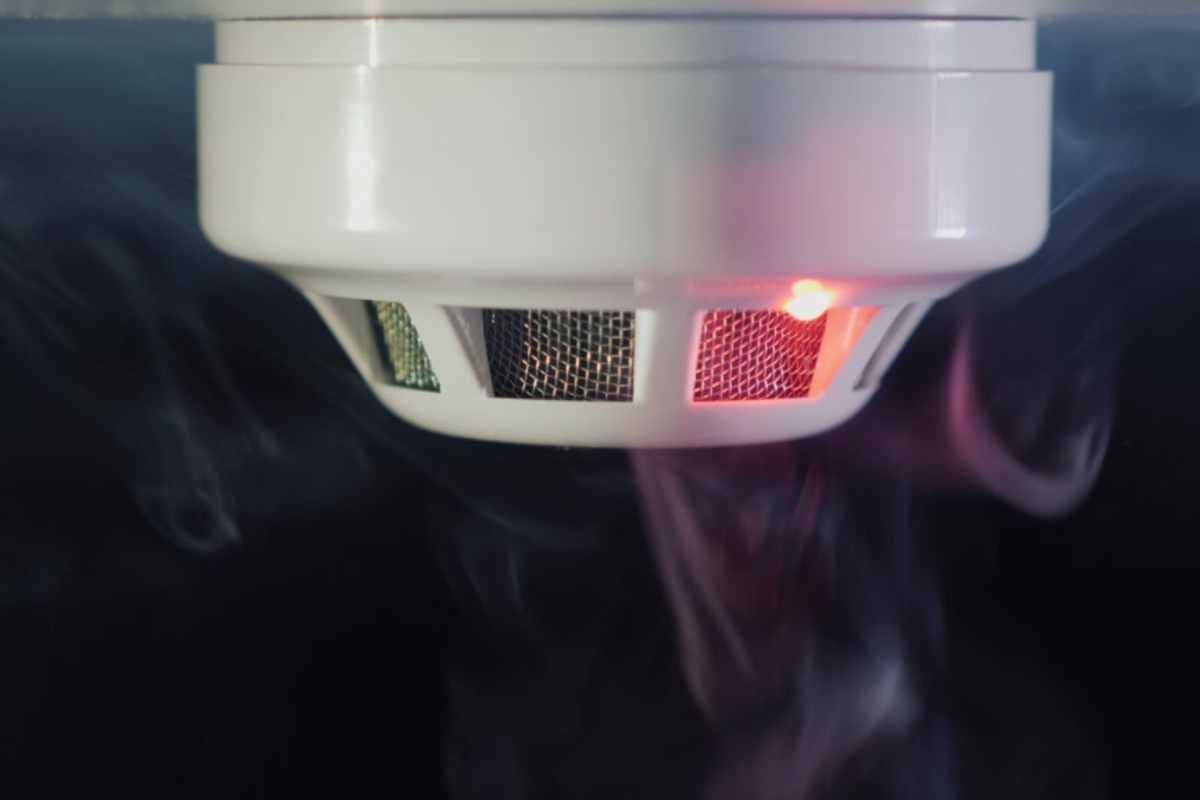
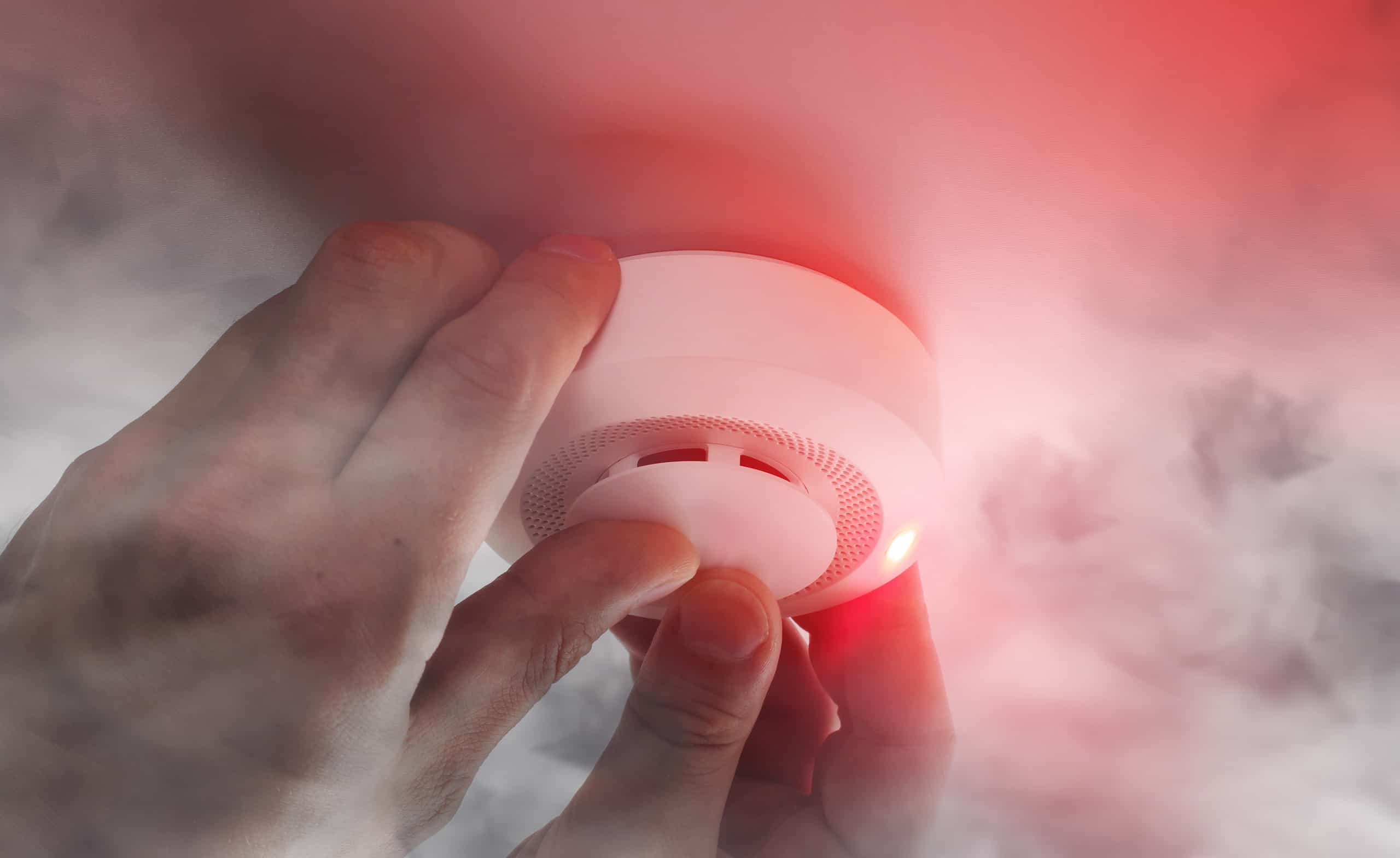
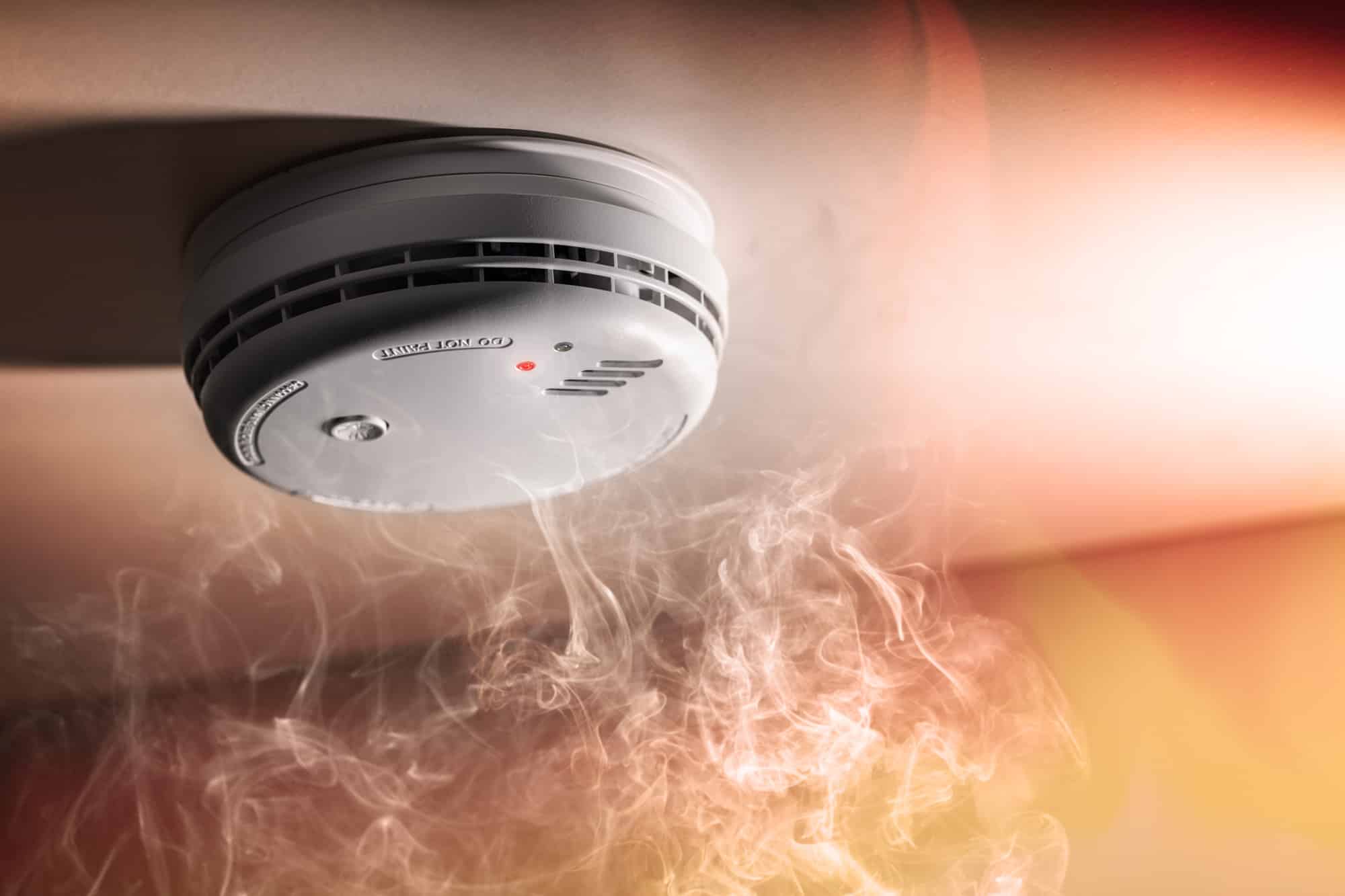
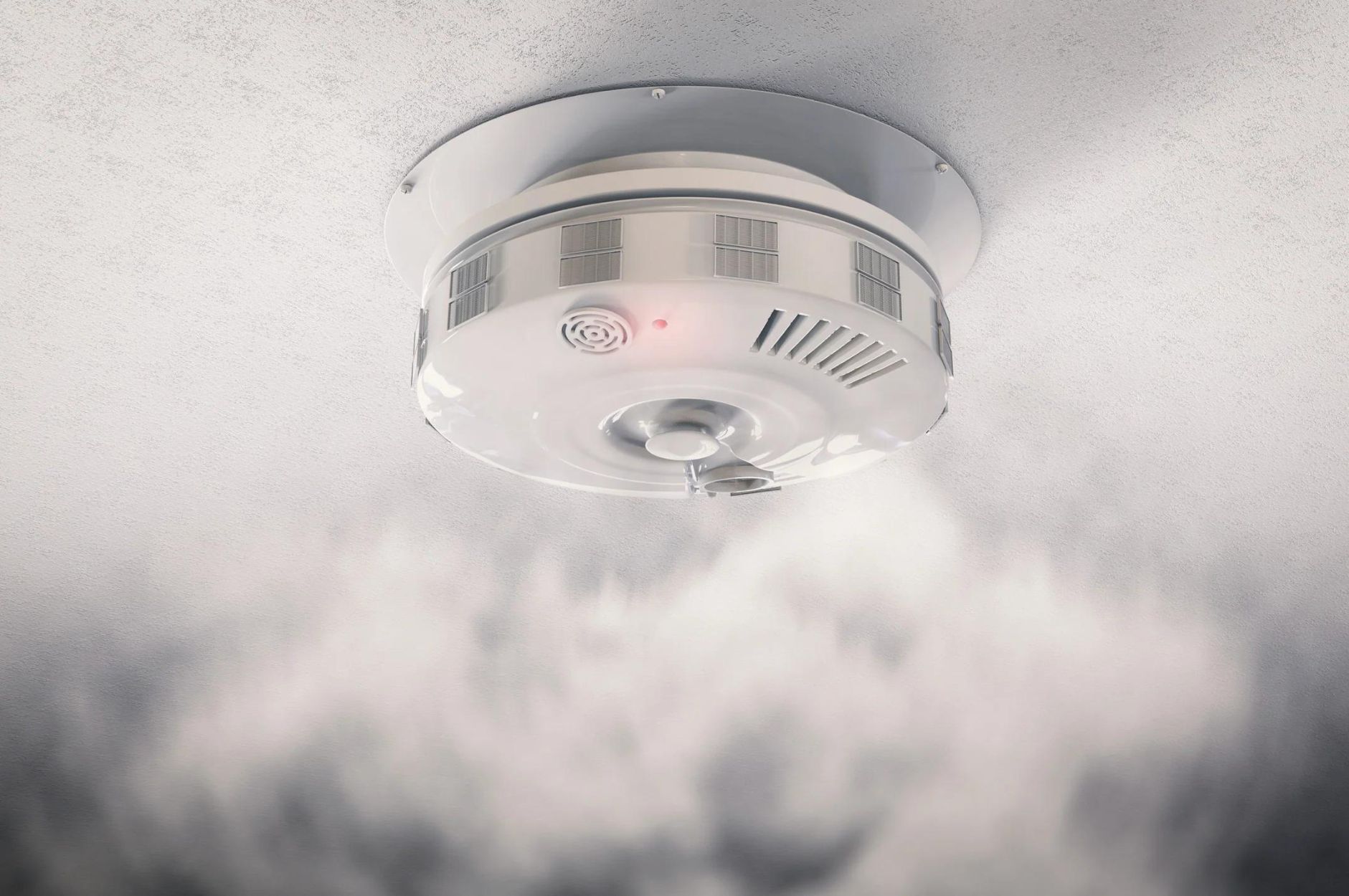
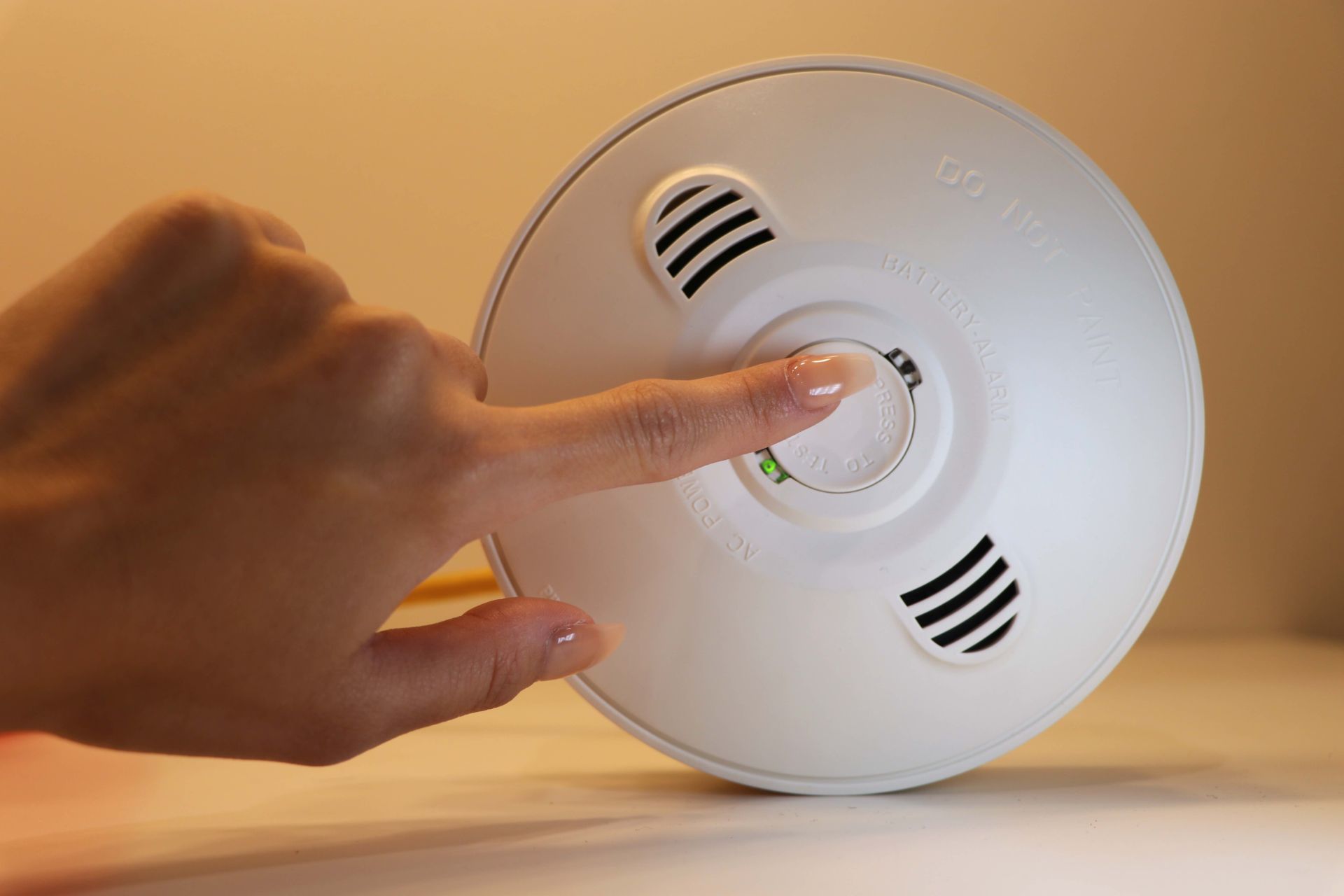

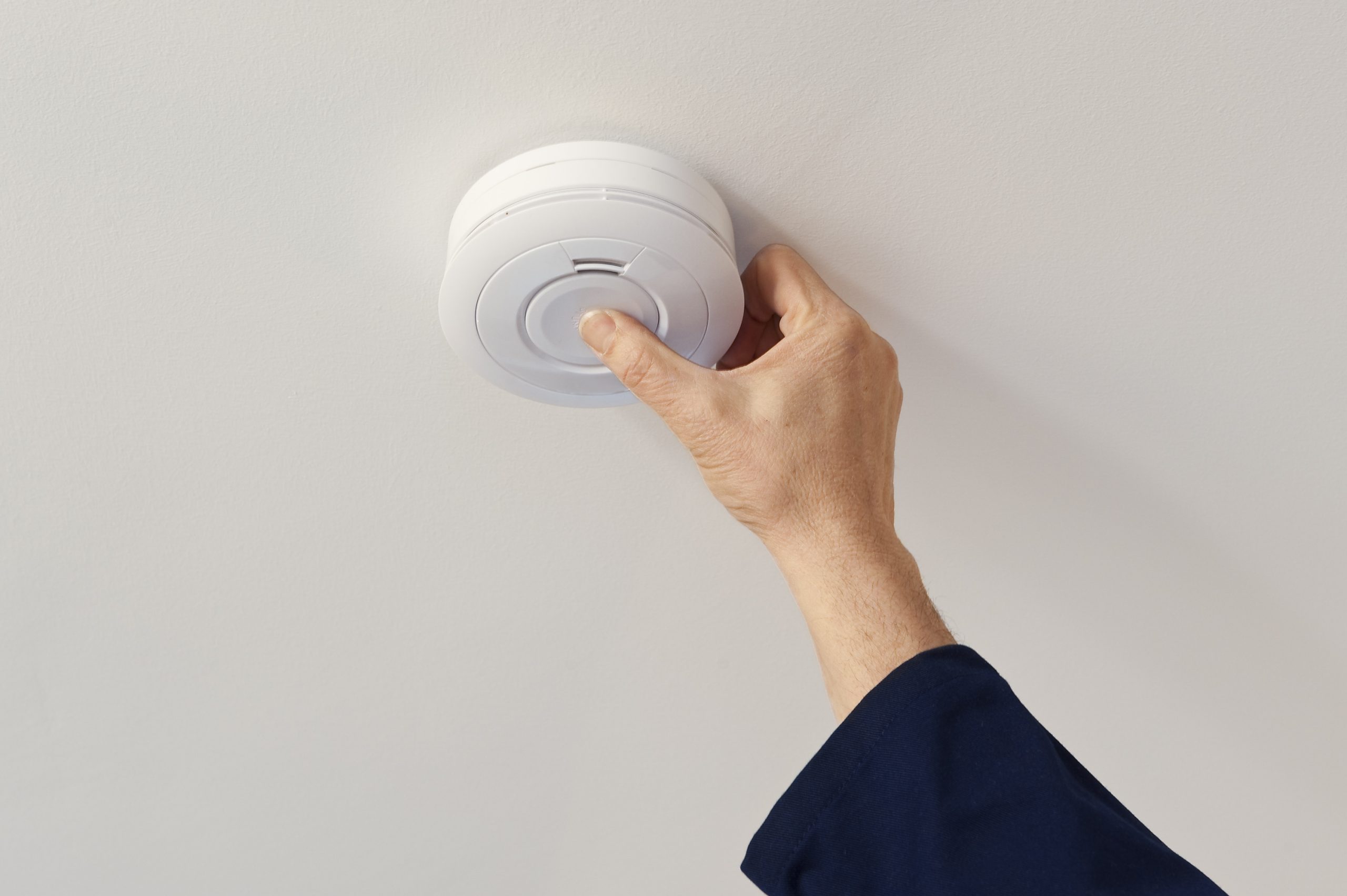

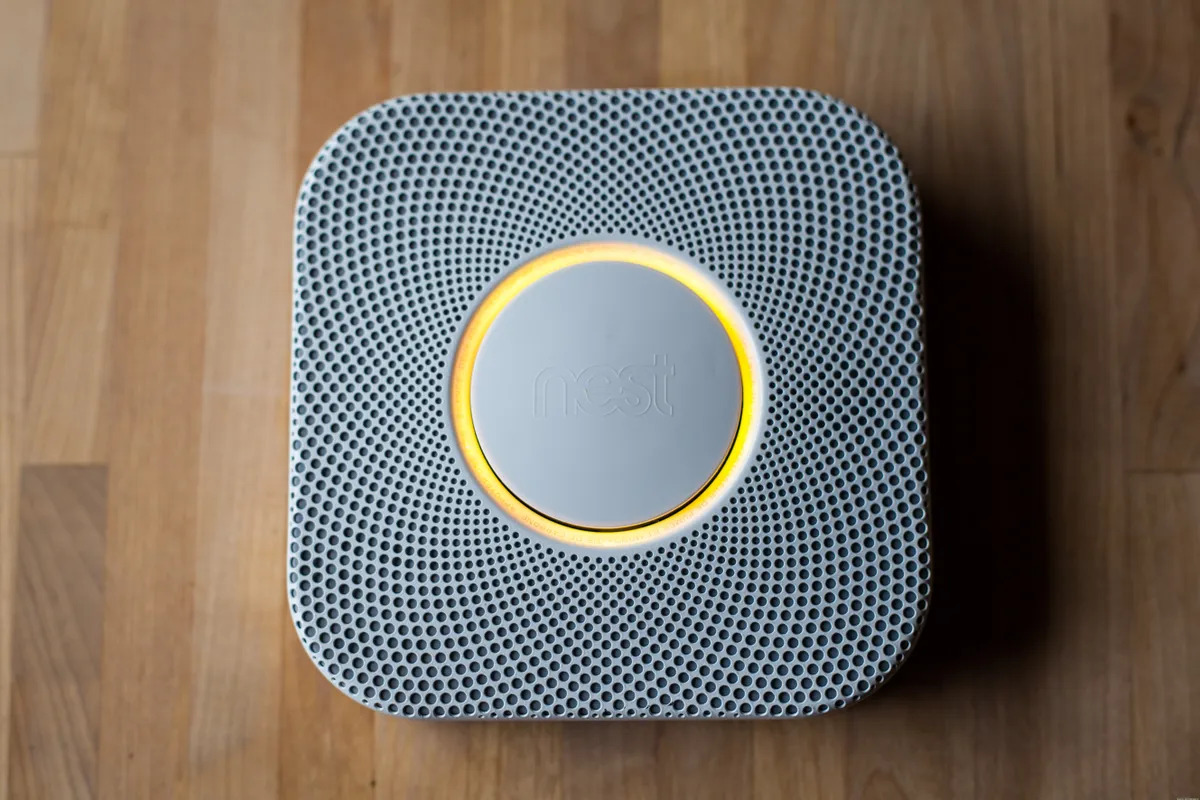
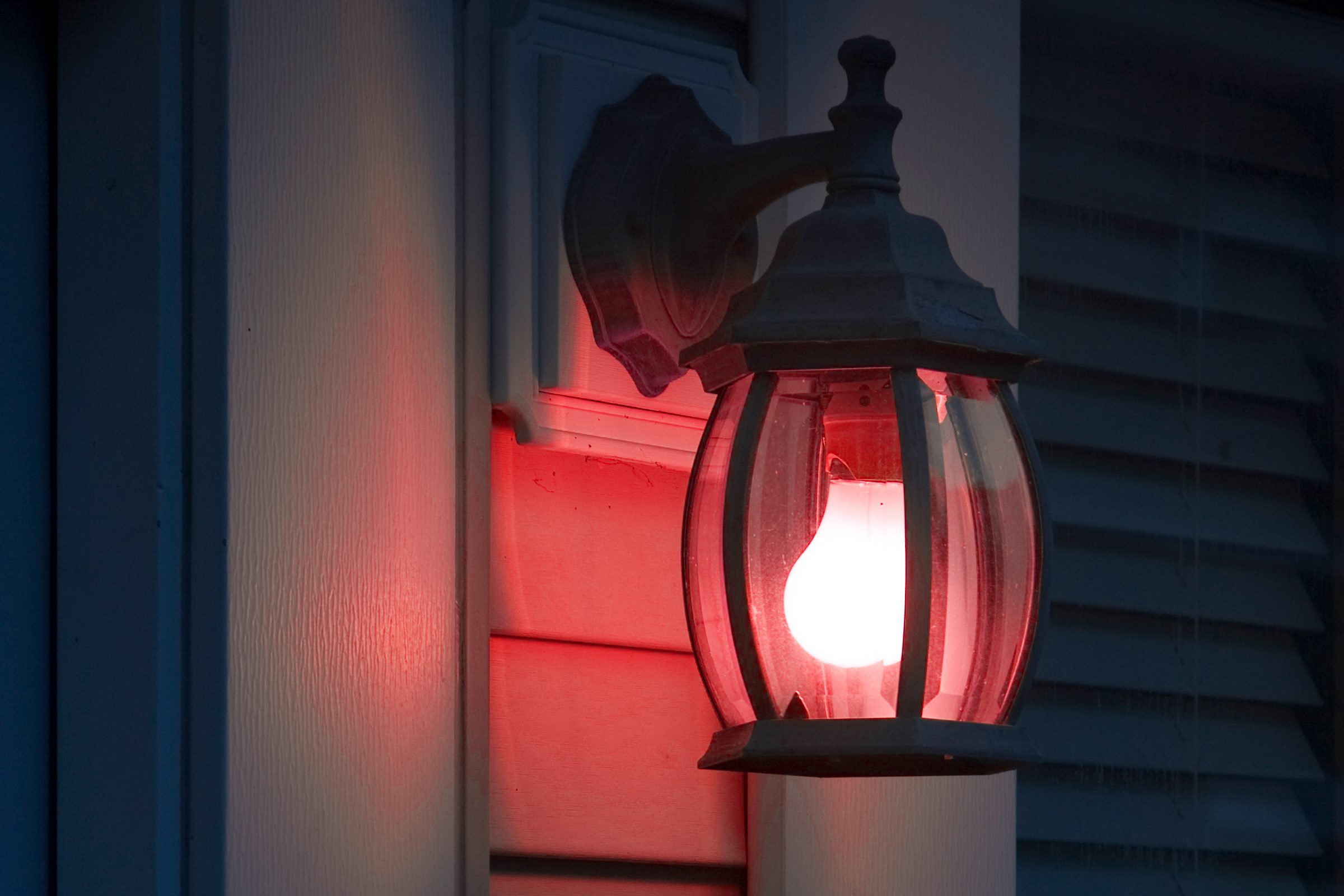
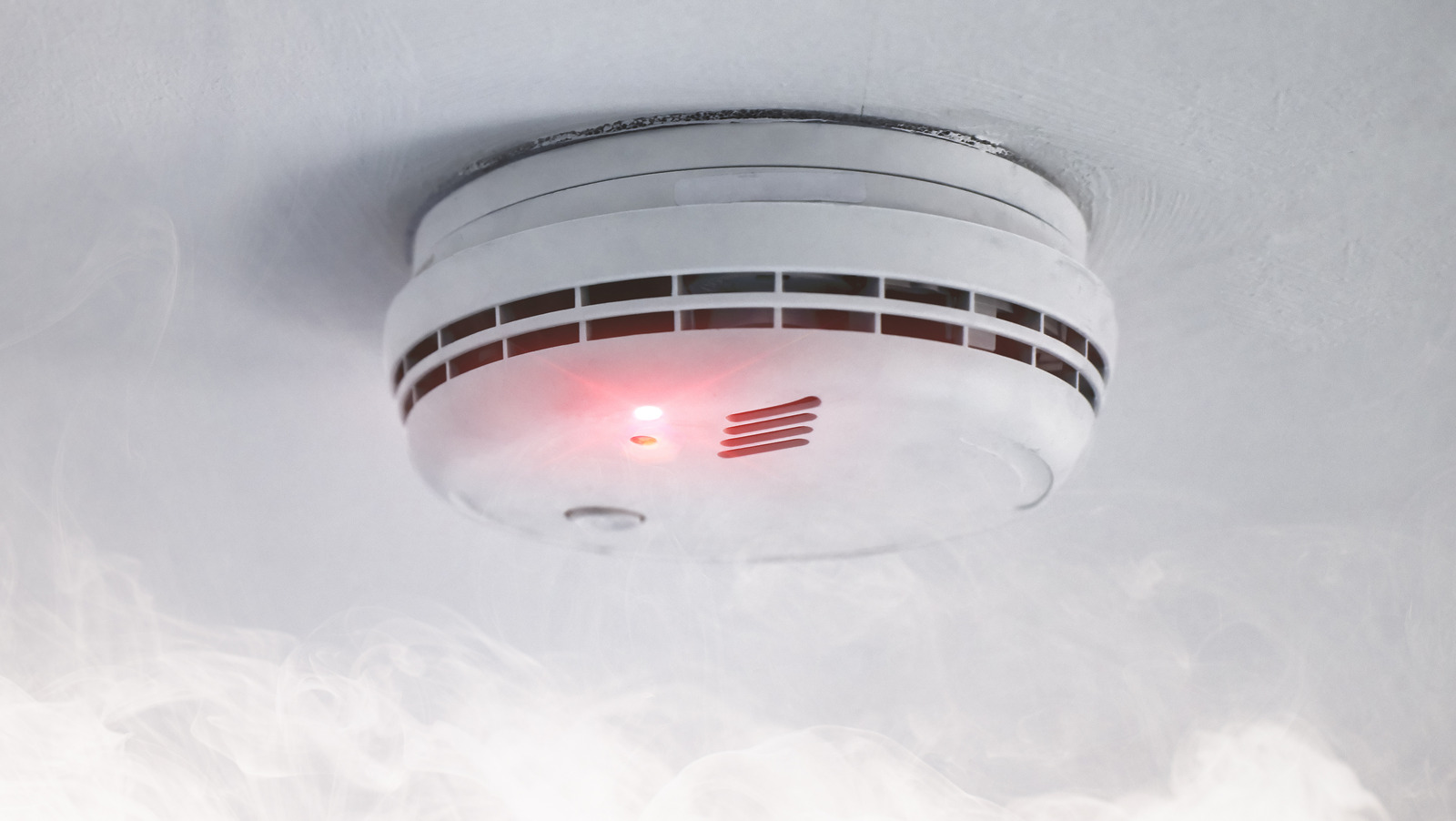
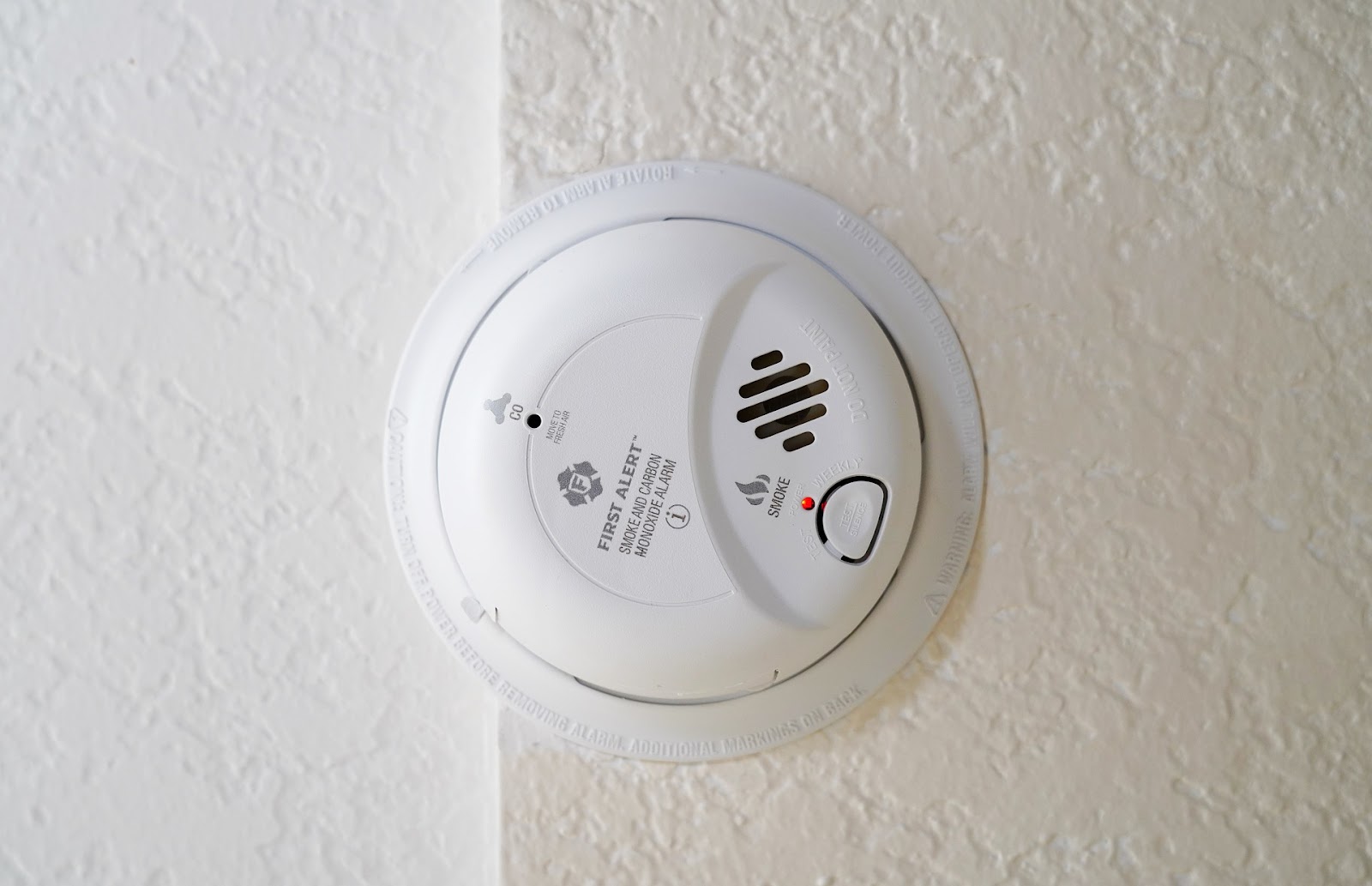
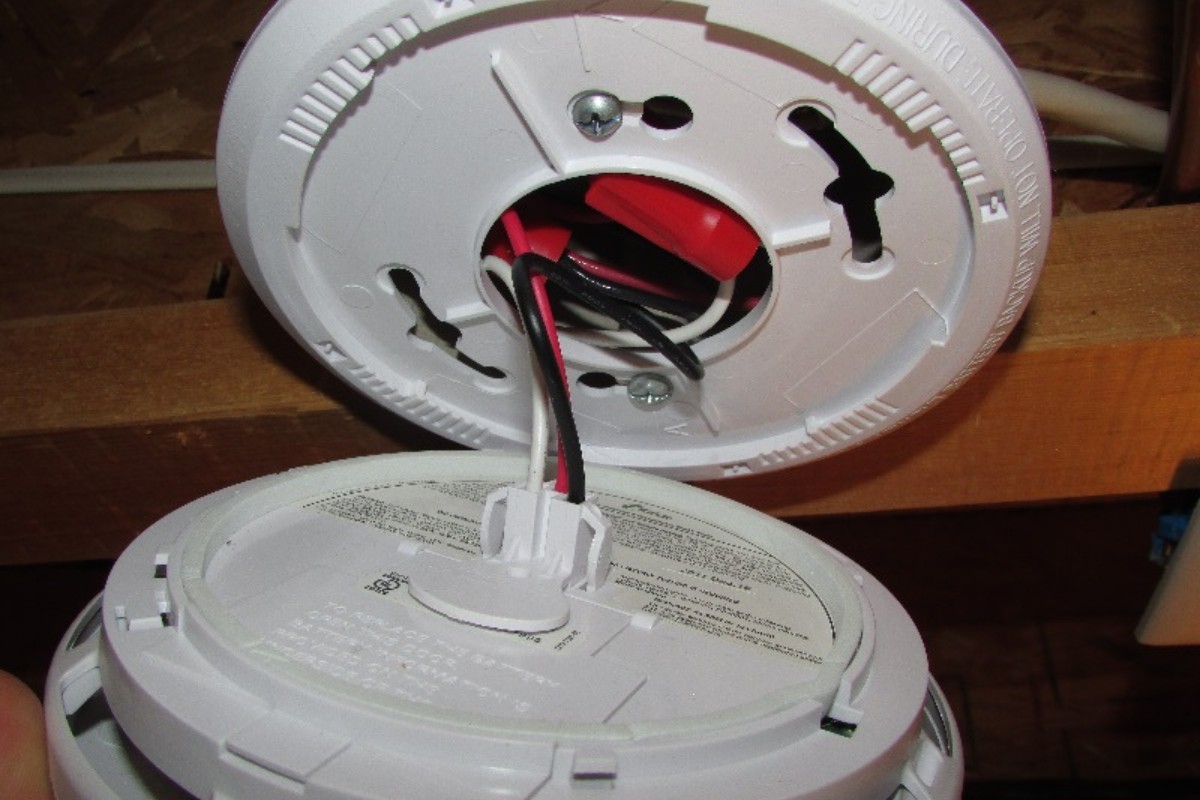
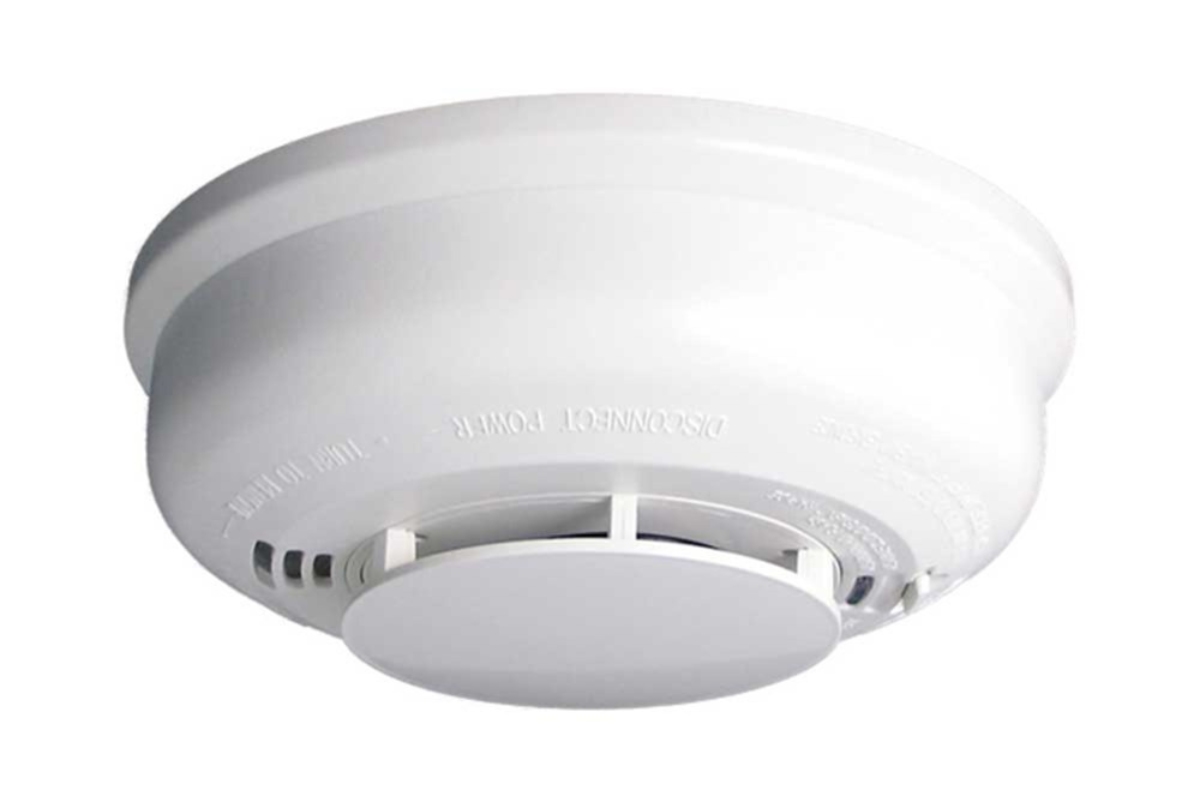

0 thoughts on “What Does The Red Light On A Smoke Detector Indicate?”